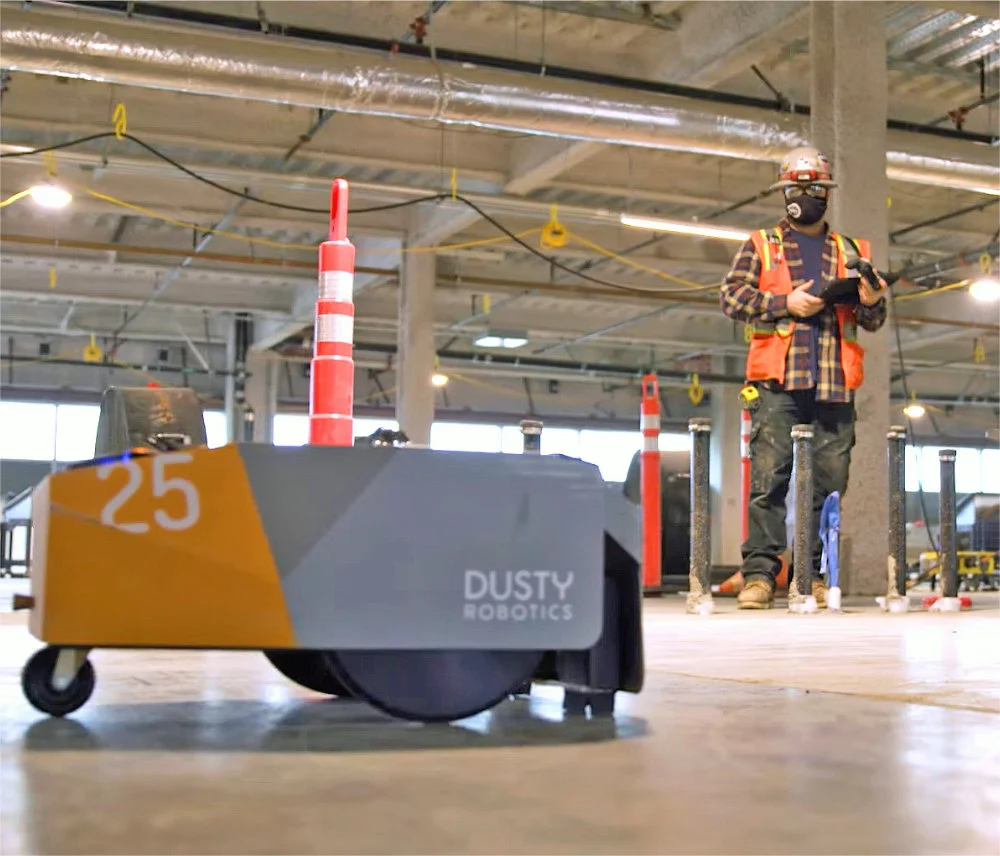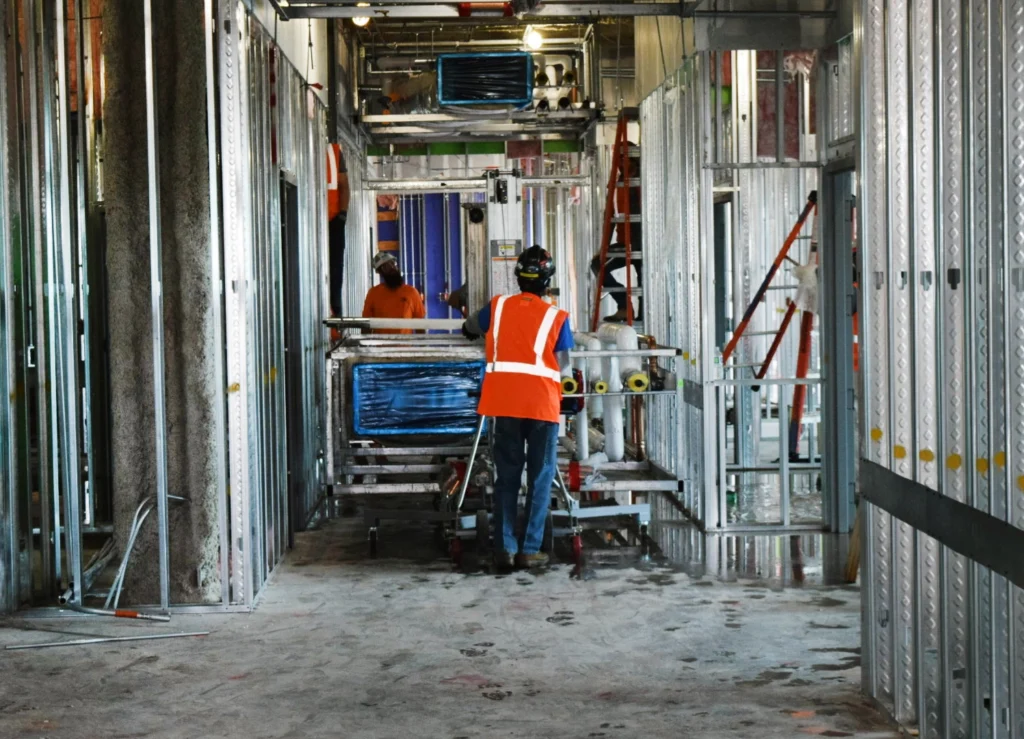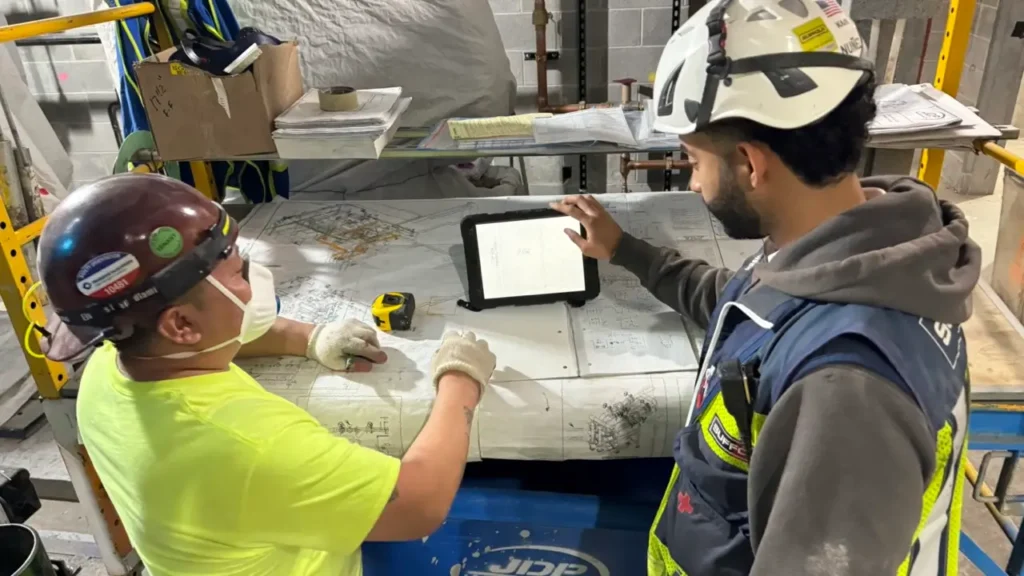
How to Maximize Your BIM Program’s Value—Even if the GC Isn’t on Board
On a football team, each player, from the quarterback to the linemen, has a specific role that is crucial for the team’s success. In the world of construction, trade contractors are the players, each skilled in their own trade like plumbing or electrical—and Building Information Modeling (BIM) is akin to the playbook.
Just as a football team practices plays to perfect timing and coordination, a construction team uses BIM to rehearse and refine its tasks before stepping onto the field. When game day comes, or construction begins, every member knows exactly where they need to be and what they need to do, minimizing errors and maximizing efficiency.
Unfortunately, as a specialty contractor, you know that not all GCs take advantage of BIM. Maturing GCs tend to shift the risk down the ladder, pushing critical coordination efforts to subcontractors. If sign-off doesn’t come in time, prefab or modular work isn’t possible, and more work is pushed to the field, where it isn’t as efficient. In this scenario, trades can struggle to fully leverage the valuable information contained within the BIM program.
Digital models aren’t just for showing the owner how the layout will look or how rooms will feel. BIM can enable trades to prefabricate and modularize off-site, making fieldwork more streamlined and safe. It’s an opportunity for the project to save money and hit deadlines.
Even if you’re stuck with an uncooperative GC, our VIATechnik experts have suggestions for how you can help shift the paradigm and ensure you’re getting value from your BIM program.

Common BIM Program Pain Points for Trades
First, let’s review the points of frustration that make these solutions so important.
Rushing the Schedule Leads to Rework
The original sin of construction is GCs rushing the project schedule ahead of approvals, often resulting in costly and time-consuming rework for trades when the owner inevitably decides they would prefer a change to the design.
These change orders are especially disruptive to the prefabrication and modular delivery processes taking place off-site. Prefabrication is the optimized delivery method as it streamlines the workflow and saves time. But if work is done by the time the change order comes through, the result is wasted material and time, resulting in significant costs for the project. You are then back to doing field installation and stick build, which as we all know is less efficient and reduces the value of having an accurate digital model.
Rework Increases Risk
Late-stage design changes pose people management risks and uncoordinated work results in increased project risks. Ideally, the BIM process allows each discipline to flow through areas of the job site in a set choreographed sequence throughout the project.
Rework can disrupt this sequence and cause workers to rush through their tasks on the job site. This opens the door to general liability, or, people getting hurt and even killed. The majority of these kinds of accidents typically happen during rework, out-of-sequence work, or unscheduled work.
Poor Planning Means Lost BIM Value
Using BIM makes it possible to fully harmonize and optimize the construction schedule. Schedules and hitting critical path dates are key indicators of project health. That’s why GCs and specialty trades should work together as master planners, using 4D BIM’s project coordination capabilities to square owner demands, budget constraints, and reasonable schedules in order to deliver their work.
Without this leadership, everyone loses out on value. Either there just isn’t time to collect the value of the digital model, or the GC leaves BIM usage up to the subcontractors, leading to a disjointed working experience and undermining the construction schedule’s overall flow.

How Trade Contractors Can Reclaim BIM Program Value
Unlocking the full potential of BIM from the outset can transform project outcomes. Here’s how trade contractors can take steps to maximize the value of BIM.
Emphasize More Problem-Solving Upfront
Use technology to provide more problem-solving at the beginning of the project. Create enough white space early on to unleash the power of the virtual design experts, who typically understand the nuances of the job site, like how equipment and supporting materials come together to form the built environment.
Using BIM to plan prefabrication, modularization, work packaging, and more helps optimize the project ahead of fieldwork. After all, deleting elements of a digital model is a light lift compared to reworking an installed 16” main service line or corridor of cable tray later in the process. Any solution you can discover using BIM software instead of in the field is less risk for your team.
Speak Up and Get Ahead of the Error
With any project, GCs feel the pressure to get things done with the highest possible productivity and ensure the owner achieves their ROI. But rushing can easily lead to mistakes that require rework and cause delays.
Specialty contractors need to speak up and raise concerns. Flag issues that could arise if stakeholders aren’t doing their part to implement the BIM program. If teams aren’t adhering to outlined procedures, you can reasonably predict that there will be clashes between different building elements like the HVAC ducts and piping. Insist on checks and double-checks on the computer before your team gets started, especially if you can tell the GC is rushing the project.
Maximize Real-Time Collaboration
Using BIM tools can help improve collaboration throughout the construction process. The centralized model allows everyone involved to work from the same set of detailed, digital blueprints. Trade contractors can easily see changes as they occur and input their own changes for others to see, ensuring that everyone is on the same page, which can help reduce miscommunications and conflicts.
Because BIM tools are often cloud-based, this instant collaboration is possible from various devices and locations, whether team members are in the office, on the construction site, or working remotely.

VIATechnik’s Trade Contractor Solutions
Construction is a “lagging productive” industry, meaning we have the tools to make workflows easier and more efficient, but the industry by and large still hasn’t figured out how to maximize their use and exploit their value as a collective group. VIATechnik can help you harvest the true value of the BIM process.
VIATechnik can be the forward-thinking engine for your project, taking you into the world of true digital transformation and successful project outcomes. We help our clients uncover process efficiency and cost predictability for every project.
If you’re tired of hitting the field without a playbook, we can help. Let’s talk about how your BIM program could score you a touchdown.



